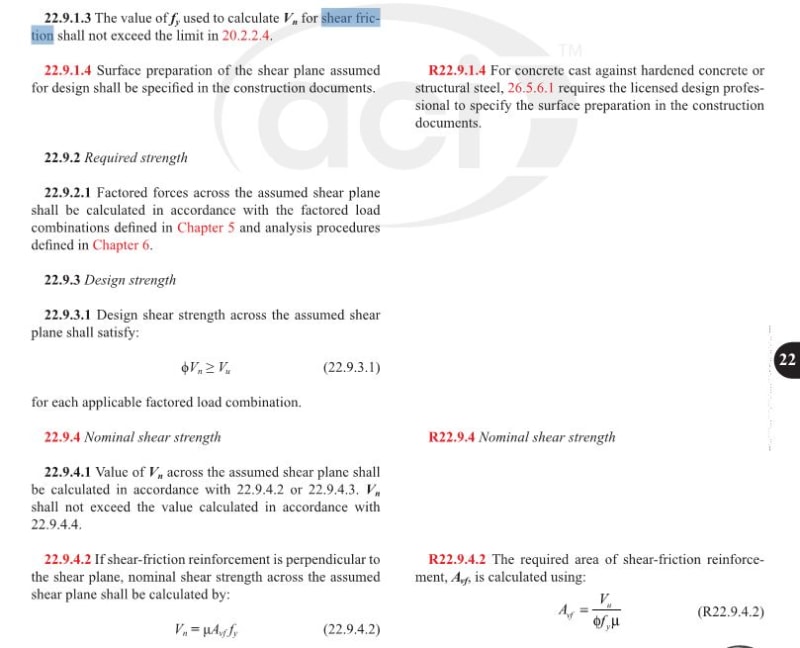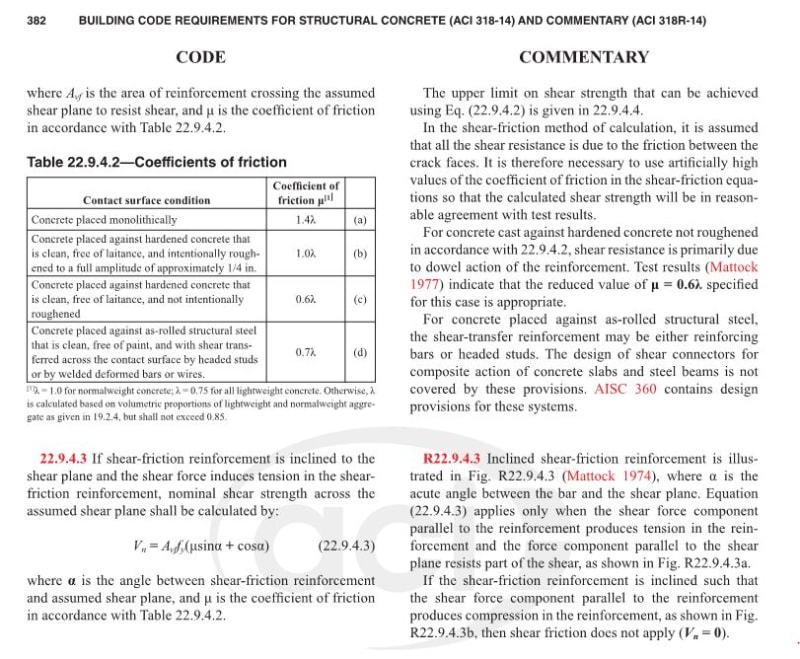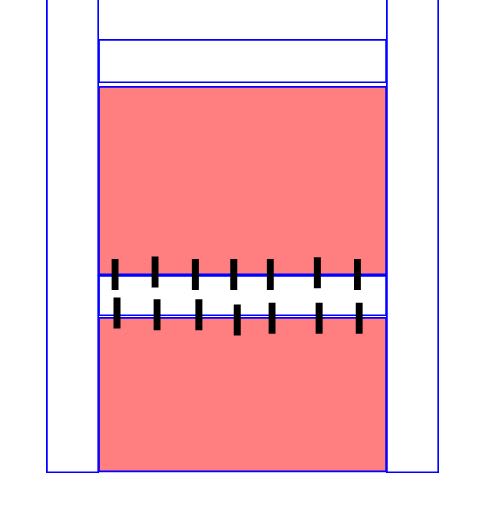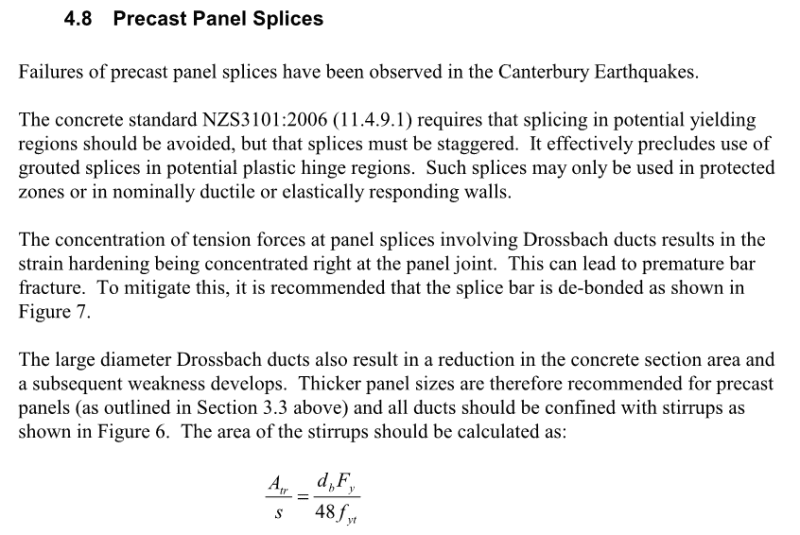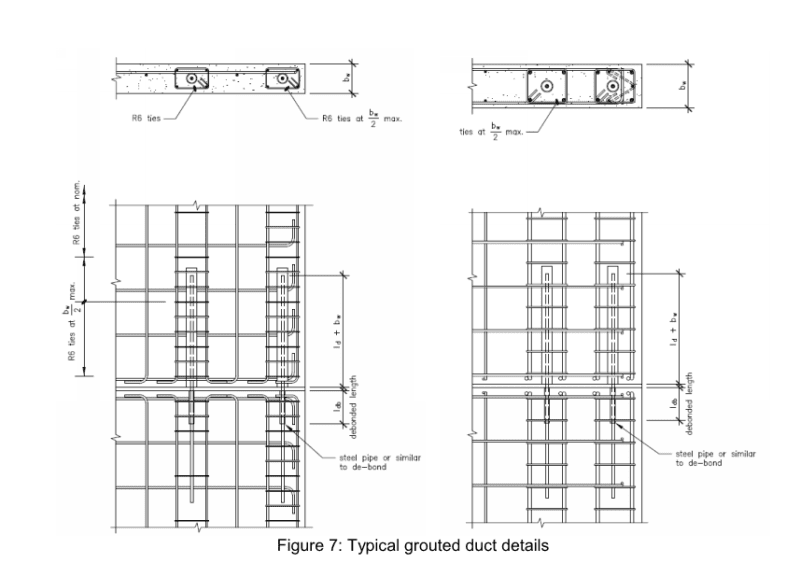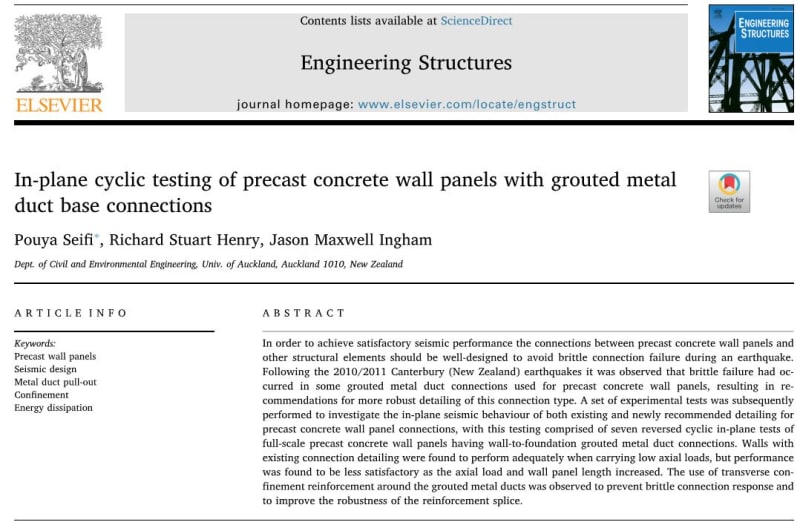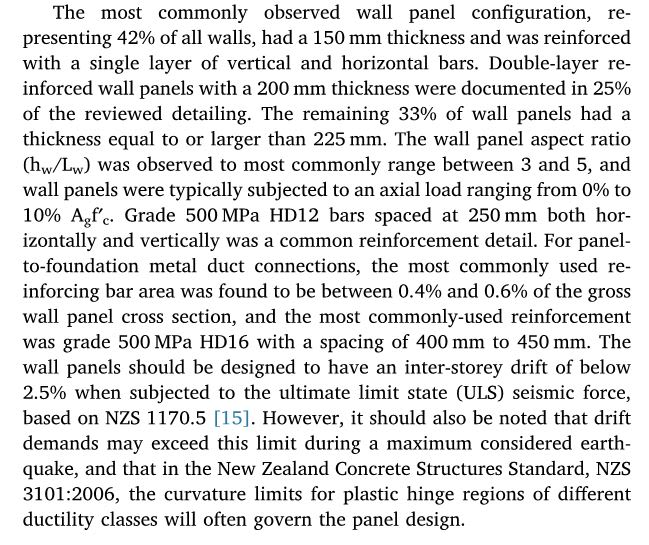Gile_
Structural
- Nov 13, 2020
- 37
For precast panel to panel with dowel bars vertically how do u check the shear capacity? Do you still use the concrete shear capacity from the wall fc or the grout one or you don’t use concrete shear capacity at all but purely reply on the dowel bar shear capacity ?


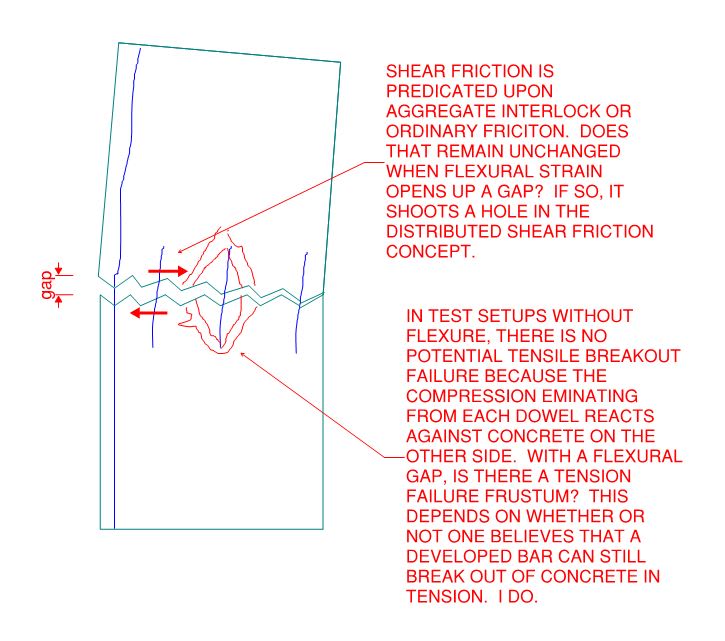
![[bigsmile] [bigsmile] [bigsmile]](/data/assets/smilies/bigsmile.gif) .
. 